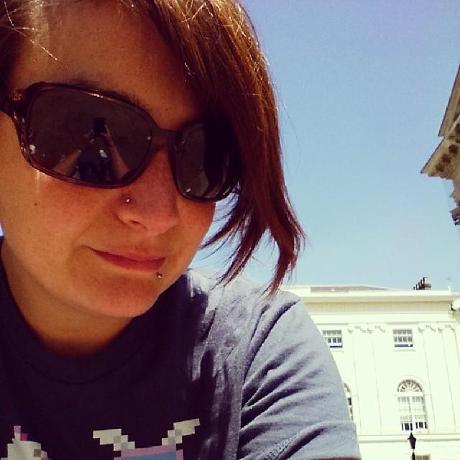Detect Cryptocurrency by Wallet Address
I’ve always been a massive advocate of cryptocurrency. I love the technology, the ease of use, and the freedom that cryptocurrencies bring to the world. Despite my love of crypto, I know that adoption will take a long time and that the state of crypto is not friendly to new adopters.
One scary part of crypto is sending currency to another wallet address. Sure we currently send money via banks with routing and account numbers, but we’ve even been simplifying that with credit cards, Venmo, and Paypal. In short: sending money is always hard and unnerving.
I wanted to figure out if there was a way to feel a bit more secure about sending crypto. I found the answer in cryptocurrency-address-detector, a library that detects a cryptocurrency by wallet address.
You can install with:
yarn add cryptocurrency-address-detector
With the resource available, you can provide an address and get a relevant cryptocurrency back:
const addressDetect = require('cryptocurrency-address-detector');
addressDetect('0x281055afc982d96fab65b3a49cac8b878184cb16').then(cryptocurrency => {
console.log(cryptocurrency);
//=> 'ETH'
});
addressDetect('1dice8EMZmqKvrGE4Qc9bUFf9PX3xaYDp').then(cryptocurrency => {
console.log(cryptocurrency);
//=> 'BTC/BCH'
});
addressDetect('LQL9pVH1LsMfKwt82Y2wGhNGkrjF8vwUst').then(cryptocurrency => {
console.log(cryptocurrency);
//=> 'LTC'
});
addressDetect('0xsfdlffsjksldfj[IPv6:2001:db8::2]').then(cryptocurrency => {
console.log(cryptocurrency);
//=> 'Cryptocurrency could not be detected'
});
This type of library also inherently acts as a validator for addresses for any given cryptocurrency type. If you can’t match the currency type, obviously the address wouldn’t work.
Anything we can do to make crypto easier and more confident for users will improve adoption rates. It’s also great that we have utilities that can make out a currency just from a wallet value.




